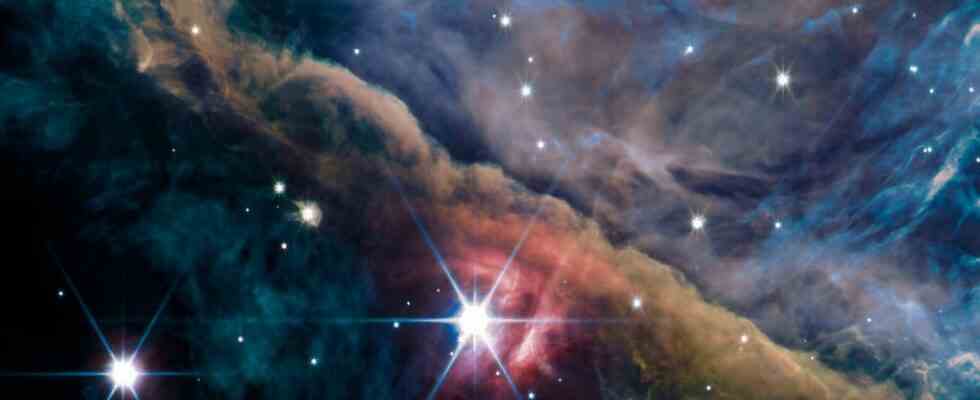The James Webb Space Telescope could advance the search for extraterrestrials. But can it finally settle the question of whether there really is anyone out there?
At first glance, the measurements by the James Webb Space Telescope published at the end of August appear almost inconspicuous – at least in comparison to the spectacular images that the telescope has taken of distant galaxies and cosmic nebulae. The new measurements provide nothing more than a handful of simple diagrams. To the trained eye, they reveal that there must be carbon dioxide in the atmosphere of the planet Wasp-39 b. Behind this name hides a gas giant. Located 700 light-years from us, it orbits its host star every four days, coming so close to it that its temperature is around 900 degrees Celsius. Life as we know it is unthinkable there. But precisely the measurements from this hostile world could help researchers to find an answer to the question of whether we are alone in the universe or whether there is life on distant planets.

